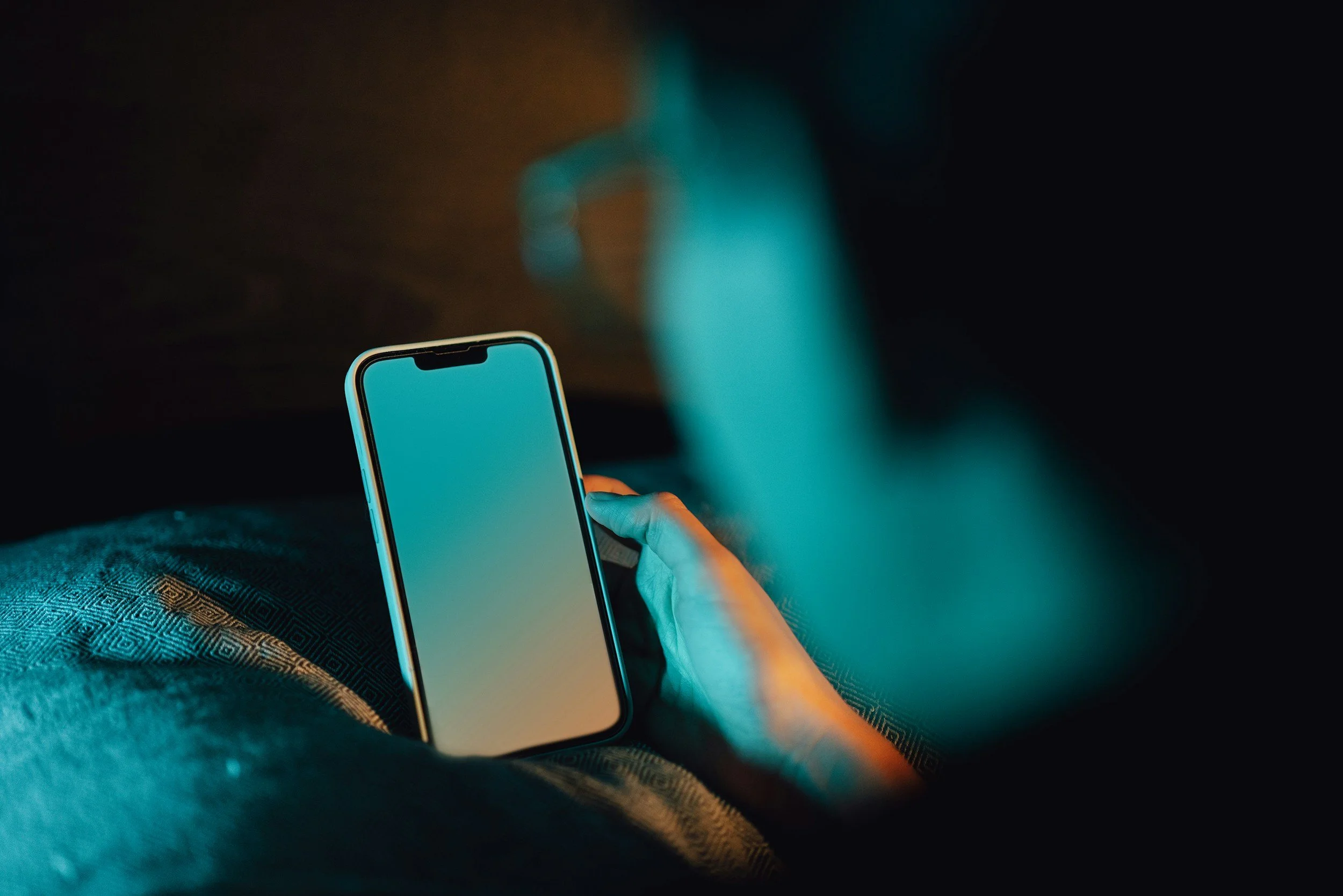Sleep Pressure: What It Is, Why It Matters, and How to Use It for Better Sleep
When I say sleep pressure, you might think:
“Do you mean a weighted blanket?” Nope.
“Pressure points from my 35-year-old mattress?” Not that either.
What I’m talking about is your body’s natural sleep drive — the built-in mechanism that signals, Hey, it’s time for bed. In sleep science, this is called sleep pressure, and it plays a huge role in your circadian rhythm and overall sleep quality.
If you’re like me, after a long day of work, chores, projects, chasing kids, and extracurricular chaos, bedtime feels like a gift. Remember when your parents forced you to go to bed early? Those were the good old days: “Go to your room, read a book, and fall asleep.” Where are my parents now? I’d love for someone to force that on me
What Is Sleep Pressure?
Sleep pressure is the gradual build-up of chemicals in your brain throughout the day — mainly adenosine — that make you feel sleepy. Think of it like inflating a balloon: the longer you’ve been awake, the fuller the balloon gets.
When you respect your body’s natural sleep drive and go to bed at the right time, you help keep your sleep-wake cycle in balance. This leads to restorative deep sleep and better energy the next day.
Photo by Sandip Roy on Unsplash – Symbolizing sleep pressure building over the day
A Real-Life Example
One of my patients came in to pick up his new CPAP machine. While we talked about the connection between sleep and long-term health, he mentioned two things:
- He often falls asleep on the couch watching TV before bedtime.
- He then struggles to fall asleep once he’s actually in bed.
Sound familiar?
That’s a classic case of mismanaging sleep pressure.
What Happens When You Ignore Sleep Pressure
Your sleep balloon is fullest in the evening when:
- The day’s work is done
- The kids are in bed
- You finally have time to read, watch a show or just relax
It’s a magical time… until your eyelids start to feel like lead weights.
I actually love that feeling — the mental tug-of-war between my “let’s keep reading” brain and my “just go to sleep” brain. Here’s the problem: if you give in and nap in your chair or on the couch, you deflate your sleep pressure balloon. Then, when you finally head to bed, you’re no longer sleepy enough. That leads to lying awake in bed, grabbing your phone and scrolling (hello, blue light), and disrupting your circadian rhythm.
Infographic: The Sleep Pressure Balloon
This simple infographic shows how sleep pressure builds while you’re awake and drops with naps or at bedtime.
How to Improve Sleep Pressure and Fall Asleep Faster
- Recognize Sleep Pressure Is Real – It’s your body’s way of saying, “Rest now so I can repair and recharge.”
- Go to Bed at Peak Sleepiness – When your eyelids are heavy, don’t push through it.
- Avoid Pre-Bedtime Couch Naps – They feel good but steal your real nighttime sleep.
- Limit Blue Light Exposure – Avoid screens an hour before bed.
- Stay Tuned for Part 2 – We’ll cover how caffeine affects sleep pressure (spoiler: you may not love it).
Quick Sleep Pressure FAQ
Q: What is sleep pressure in simple terms?
A: Sleep pressure is your body’s natural urge to sleep, caused by the build-up of adenosine in your brain.
Q: How can I increase sleep pressure naturally?
A: Stay awake during the day, get sunlight, avoid naps, and stay active.
Q: Why do I fall asleep on the couch but not in bed?
A: Couch naps release sleep pressure too early, leaving you wide awake at bedtime.
Q: Does caffeine affect sleep pressure?
A: Yes. Caffeine blocks adenosine receptors, masking your natural sleepiness.




